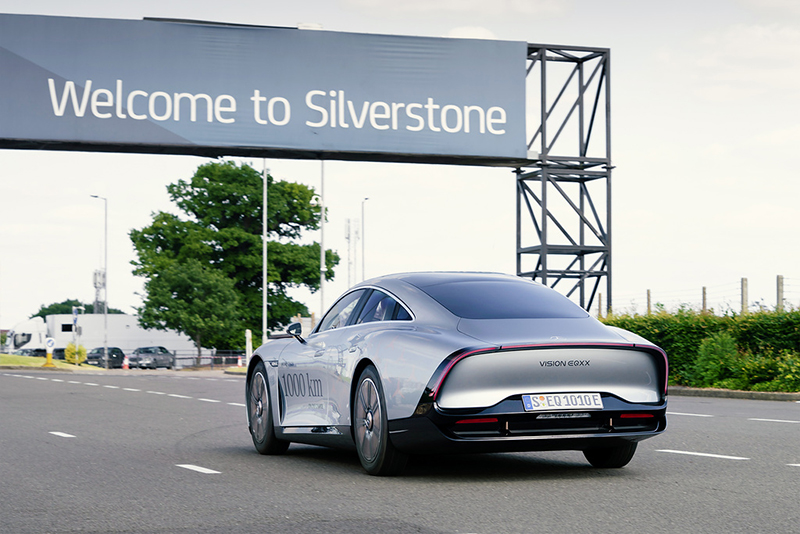Silverstone James, and don’t spare the battery…
VISION EQXX has broken its own efficiency record on a 1,202 km summer road trip from Stuttgart, Germany, to Silverstone, UK, on a single battery charge.

Taking a summer trip can be stressful - trains, planes and automobiles can let you down. But the most efficient Mercedes-Benz ever built showed 8.3 kWh/100 km and impressive thermal management on its summer journey. Following a record-breaking maiden drive from Stuttgart to Cassis, France, in April, the research vehicle set the bar even higher, with a 1,202-kilometre road trip from Stuttgart to Silverstone.
Interestingly the journey involved an autobahn closure and demanding cross-country diversion near Stuttgart, before crossing the French border near Strasbourg to cruise across northern France at highway speeds to Calais, where it boarded the Eurotunnel. Continuing its journey in the UK, it took the M25 around London then stopped off at Mercedes-Benz Grand Prix in Brackley, before cayying on to Silverstone.
As well as proving the effectiveness of Mercedes-Benz electric efficiency technologies in a wide range of real-life traffic scenarios, the VISION EQXX’s long-distance journeys on public roads provide R&D experts with valuable data for the ongoing development programme.
The main challenges on this trip were summer temperatures of up to 30 degrees C, paired with increased traffic density around Stuttgart and in the southeast of England. High ambient temperatures and stop-and-go motorway traffic necessitated cooling of the electric drivetrain and passenger cabin.
The company says that the thermal management is down to a carefully engineered interaction of aero-shutters, coolant valves and pumps ensuring the electric drive unit maintains the most efficient temperature balance at minimum energy cost. It encompasses a combination of air-flow management and a cooling plate installed in the vehicle floor, enabling it to take advantage of the air flowing along the underside.







